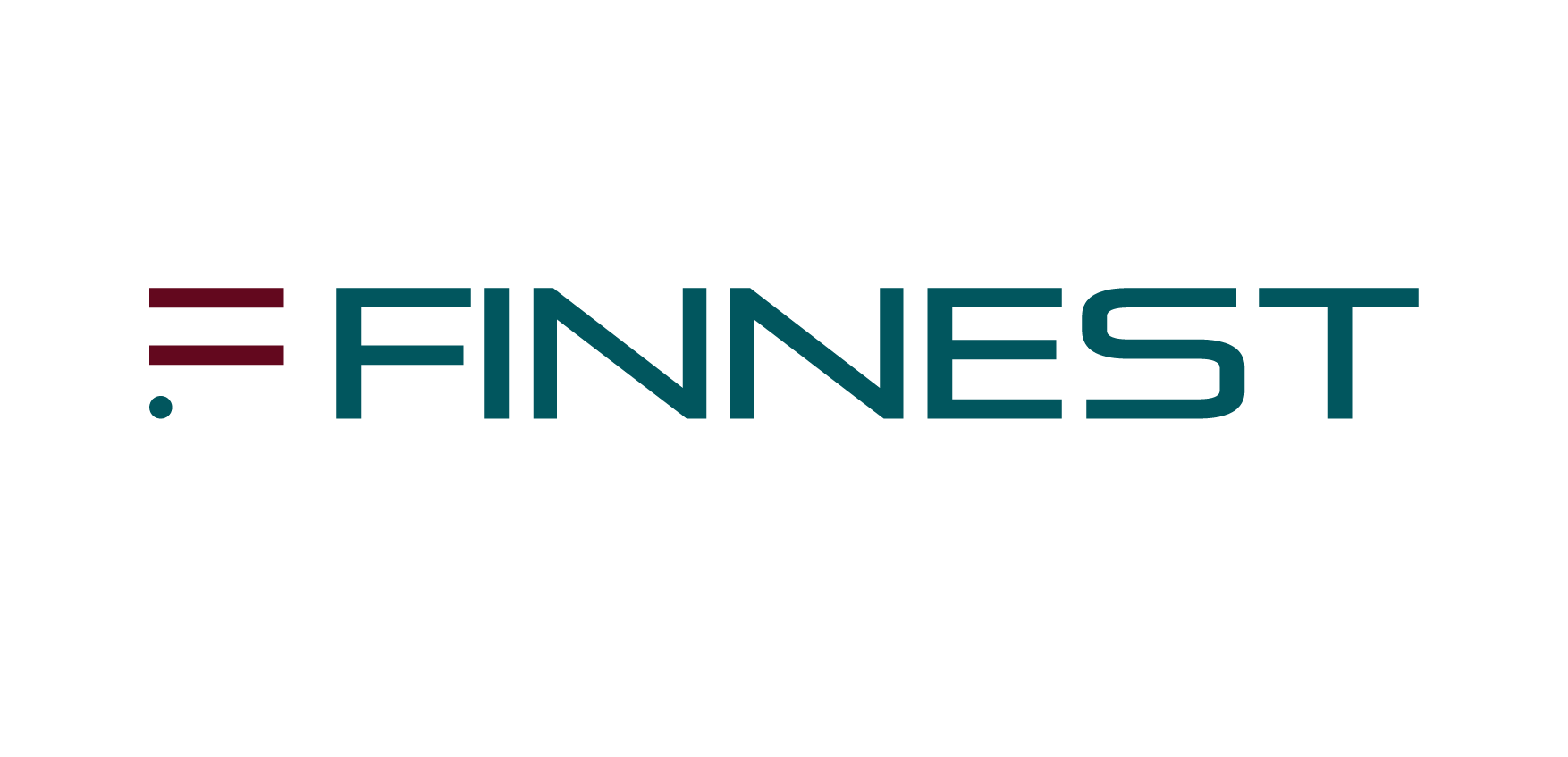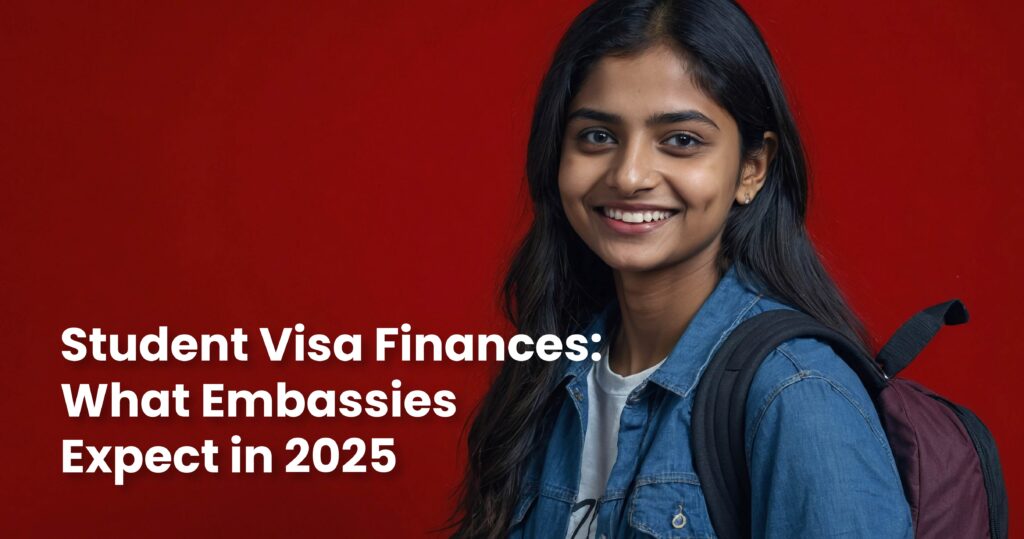Securing admission to a university abroad is an exciting milestone, but getting your student visa approved is what truly sets your journey in motion. While academic performance and language test scores are crucial, there’s another key factor that can make or break your visa application: financial readiness.
Governments across the world want to ensure that international students have enough funds to support themselves without relying on part-time jobs or public assistance. That’s why demonstrating financial capability through the right documentation is a mandatory part of almost every student visa application.
But what exactly do embassies want to see? How much funding is considered “enough”? And what qualifies as acceptable proof?
🔹 Section 1: Why Financial Proof Matters for a Student Visa
When issuing a student visa, embassies aren’t just looking at your admission letter—they’re evaluating whether you can financially sustain your education and living expenses abroad without becoming a burden on the host country.
1.1 The Embassy’s Perspective
Immigration officials need assurance that:
- You can pay for your tuition and living expenses for the entire duration of your course.
- You won’t need to rely heavily on part-time work, government aid, or illegal employment.
- Your intent to study is genuine and not a cover for economic migration.
Financial documentation helps prove that your plans are realistic and responsibly backed.
1.2 What Does Financial Proof Usually Cover?
Most countries expect students to demonstrate that they have access to sufficient funds to cover:
- First-year tuition fees
- Living costs (varies by country and region)
- Return airfare (in some cases)
- Health insurance and miscellaneous costs
This doesn’t always mean showing the full amount in cash. Accepted financial sources can include bank savings, sanctioned education loans, scholarships, or fixed deposits—as long as they are verifiable.
1.3 Financial Proof & Visa Approval Rates
Insufficient or poorly documented finances are one of the top reasons for student visa rejections. Strong financial documentation:
- Builds trust with visa officers
- Reduces back-and-forth or delays
- Increases your chances of quick, hassle-free approval
Understanding why embassies require financial proof is the first step toward preparing the right documents and ensuring your visa journey starts on a strong note.
🔹 Section 2: Country-Wise Financial Requirements (2025)
Each study-abroad destination has its own visa rules, especially when it comes to financial documentation. While the concept is the same—prove you can support yourself—the required amounts, accepted formats, and documentation styles differ by country.
Below is a simplified country-by-country guide to what you’ll need to show financially when applying for your student visa in 2025.
Canada
- Minimum Funds Required: CAD 20,635 (living expenses) + 1st year tuition fees
- Additional: Proof of a Guaranteed Investment Certificate (GIC) of CAD 10,000 (mandatory under SDS route)
- Acceptable Proof:
- GIC certificate
- Education loan letter
- Recent bank statements
- Tuition fee payment receipts
- GIC certificate
United Kingdom
- Living Cost Requirement:
- £1,334 per month (up to 9 months) if studying in London
- £1,023 per month outside London
- £1,334 per month (up to 9 months) if studying in London
- Tuition: 1st year tuition fees (or remaining amount if part is already paid)
- Acceptable Proof:
- Personal bank statements (held for 28 consecutive days)
- Official loan letters
- Sponsorship letters (from UK-recognized sponsors)
- Personal bank statements (held for 28 consecutive days)
Australia
- Annual Living Cost Estimate (2025):
- AUD 24,505 for students
- AUD 8,574 for a partner (if applicable)
- AUD 3,670 per child (if applicable)
- AUD 24,505 for students
- Plus: 1-year tuition fees and travel expenses
- Acceptable Proof:
- Bank savings
- Loan documents
- Income tax returns and proof of parental income (if funding is family-based)
- Bank savings
Germany
- Proof of Funds Required:
- Blocked account with at least €11,208 (as of 2025, subject to change)
- Blocked account with at least €11,208 (as of 2025, subject to change)
- Purpose: Demonstrate ability to cover one year of living costs
- Acceptable Proof:
- Blocked account confirmation
- Scholarship award letters (DAAD, Erasmus+)
- Blocked account confirmation
United States
- Required Proof:
- Funds to cover first-year tuition and living expenses as mentioned on the I-20 form
- The ability to fund the entire course duration must be reasonably demonstrated
- Funds to cover first-year tuition and living expenses as mentioned on the I-20 form
- Acceptable Proof:
- Bank statements
- Loan sanction letters
- Affidavit of support
- Sponsor’s financial documents (if applicable)
- Bank statements
Tip: While some countries focus on just one year’s proof, others assess long-term affordability. Make sure your documentation matches both the amount and the format expected by the specific visa guidelines.
🔹 Section 3: What Counts as Acceptable Proof of Funds
Once you know how much funding is required, the next step is ensuring your documents clearly and reliably show that the funds are available—and accessible—for your education abroad.
Embassies are particular about the source, consistency, and format of financial documents. Submitting unclear or non-standard proofs can delay or even derail your visa application.
1. Bank Statements
- Most commonly accepted document across all countries.
- Should show sufficient balance to cover required expenses.
- Usually, it must be 3 to 6 months old, with consistent inflows—avoid sudden large deposits.
- It should be printed on bank letterhead with seal and signature.
2. Education Loan Sanction Letters
- Accepted by most countries when issued by a recognized financial institution or bank.
- Must mention:
- Sanctioned amount
- Student’s name
- Repayment terms
- Disbursement schedule
- Sanctioned amount
Tip: Ensure the letter is recent, signed, and includes the bank’s stamp.
3. Scholarship or Sponsorship Letters
- Must come from official organizations, universities, or governments.
- Should specify:
- Amount covered (tuition/living/travel)
- Duration of the scholarship
- Student’s name and program details
- Amount covered (tuition/living/travel)
4. Fixed Deposits (FDs)
- Accepted by some embassies as proof of accessible savings.
- Provide:
- Original FD certificate
- Bank-issued letter confirming maturity date and student as beneficiary
- Photocopies of FDs attached to account statement (if possible)
- Original FD certificate
5. Affidavit of Financial Support (for Family-Sponsored Students)
- Common for U.S. visa applicants using family funds.
- Needs to be notarized.
- Must be supported by the sponsor’s bank statements, ITRs, and proof of income.
6. Government-Approved Fund Formats
- Canada: GIC Certificate (CAD 10,000 min.)
- Germany: Blocked Account Confirmation (€11,208+)
- UK: Personal account balance held for 28 consecutive days
Remember: Every document must be genuine, recent, and verifiable. Embassies are trained to spot discrepancies—so transparency and proper formatting are key.
🔹 Section 4: Tips for Preparing Strong Financial Documents
Submitting financial proof isn’t just about showing the right amount—it’s about presenting it clearly, consistently, and in a way that aligns with embassy expectations. Here are key tips to ensure your documentation strengthens your visa application rather than raising red flags.
1. Match the Required Amount Exactly (or Higher)
Always ensure your documents reflect the exact minimum funds required by the country—preferably more. Visa officers want to see a comfortable financial buffer, not just the bare minimum.
2. Use Recognized and Verifiable Sources
Stick to credible documentation from:
- Reputed banks and NBFCs
- Government institutions
- Official university or scholarship bodies
Avoid statements from small, unregulated institutions or sponsors that cannot be verified.
3. Ensure Document Timeliness
Most embassies require that bank statements or proof of funds are recent—within 28 to 90 days of application.
Old or outdated documents can cause immediate rejection.
4. Avoid Sudden Large Deposits
Embassies may question sudden one-time large deposits with no transaction history. If a large deposit is necessary:
- Add a brief explanation or source proof (sale deed, FD maturity, etc.)
- Maintain consistent balance over a few months whenever possible
5. Keep All Figures Consistent
Ensure the following match across all your documents:
- Tuition fee amount (as per offer letter or I-20)
- Living expenses (as per official guidelines)
- Currency conversions (use a reliable, dated exchange rate printout)
6. Organize Your Documents Neatly
Include a cover letter or summary sheet showing:
- Total funds available
- Documents included
- Which source covers what (tuition, living, etc.)
This makes the visa officer’s job easier—and your application more favorable.
Pro Tip: If in doubt, consult a professional advisor or education consultant to pre-verify your financial packet. Mistakes in this section are among the most common causes of visa rejection.
🔹 Section 5: Common Mistakes That Lead to Visa Rejection
Even well-qualified students face visa denials due to easily avoidable errors in financial documentation. Here are the most common mistakes—and how you can avoid them.
1. Submitting Incomplete or Outdated Documents
- Using old bank statements or missing pages can immediately flag your application.
- Always ensure documents are recent (within 28–90 days), signed, and stamped.
2. Sudden, Unexplained Deposits
- Large last-minute transfers without a clear source raise suspicion of borrowed or fake funds.
- If unavoidable, attach proof (like an FD maturity certificate or sale deed) with a brief explanation.
3. Using Unsupported or Unverifiable Sources
- Documents from obscure banks, relatives abroad without proof of relationship, or handwritten statements are likely to be rejected.
- Always stick to recognized financial institutions and clearly traceable sources.
4. Mismatched or Conflicting Information
- If your tuition fee in the I-20 says $30,000, but your bank letter shows coverage for only $20,000, your application may be denied.
- Ensure total funds match or exceed official university and embassy estimates.
5. Relying Too Heavily on Future Income or Job Hopes
- Some students submit plans showing they will earn money abroad and cover costs—this is not acceptable.
- Embassies need proof that you already have the money or access to it before arrival.
6. Affidavits Without Supporting Documents
- If your sponsor submits an affidavit of support without financial proof (bank statements, ITRs), it will not be enough.
- Always include income and asset documents to validate sponsor claims.
Avoiding these errors is not difficult—if you plan, follow country-specific guidelines, and double-check every document before submission.
Conclusion: Prepare Financially, Apply Confidently
Securing a student visa isn’t just about academic merit—it’s about demonstrating that you have the financial readiness to succeed in a foreign country without stress. Whether you’re heading to Canada, the UK, the U.S., Australia, or Germany, your financial documents are a critical part of the application puzzle.
By understanding embassy expectations, choosing the right proof of funds, and avoiding common pitfalls, you not only increase your chances of approval but also begin your study abroad journey with clarity and confidence.
The earlier you start preparing, the better positioned you’ll be—especially when it comes to large expenses, sanctioned loans, or sponsorships.
Need Help Getting Your Financial Proof Ready?
At Finnest, we specialize in helping students like you present clean, compliant, and embassy-approved financial documentation.
✅ Bank statement prep and review
✅ End-to-end support for funding your education abroad
Book a free consultation today and let us help you put your best foot forward.
Frequently Asked Questions (FAQ)
1. How much money do I need to show for a student visa?
The amount varies by country. For example, Canada requires CAD 20,635 plus tuition; the UK requires up to £12,006 for living expenses plus tuition; Germany asks for €11,208 in a blocked account. You must show that you can cover tuition + living costs as per your destination’s visa guidelines.
2. What documents are accepted as proof of funds?
Accepted documents include:
- Recent bank statements (personal or sponsor’s)
- Education loan sanction letters
- GIC certificates (Canada), blocked accounts (Germany)
- Scholarship or sponsorship letters
- Fixed deposits with bank certification
3. Can I show my parents’ bank account as proof?
Yes, in most countries, you can show a parent’s or legal guardian’s account, but you’ll need to provide:
- An affidavit of support
- Proof of relationship (birth certificate, etc.)
- Income tax returns or payslips for credibility
4. How many months of bank history do I need to provide?
Typically, 3 to 6 months of consistent bank statements are required. For the UK, funds must be held for 28 consecutive days before applying.
5. What happens if my financial proof is weak or inconsistent?
Inadequate or unclear financial documents are one of the top reasons for student visa rejections. Embassies may view it as a risk, and you could be denied. That’s why accuracy, consistency, and transparency are essential.




